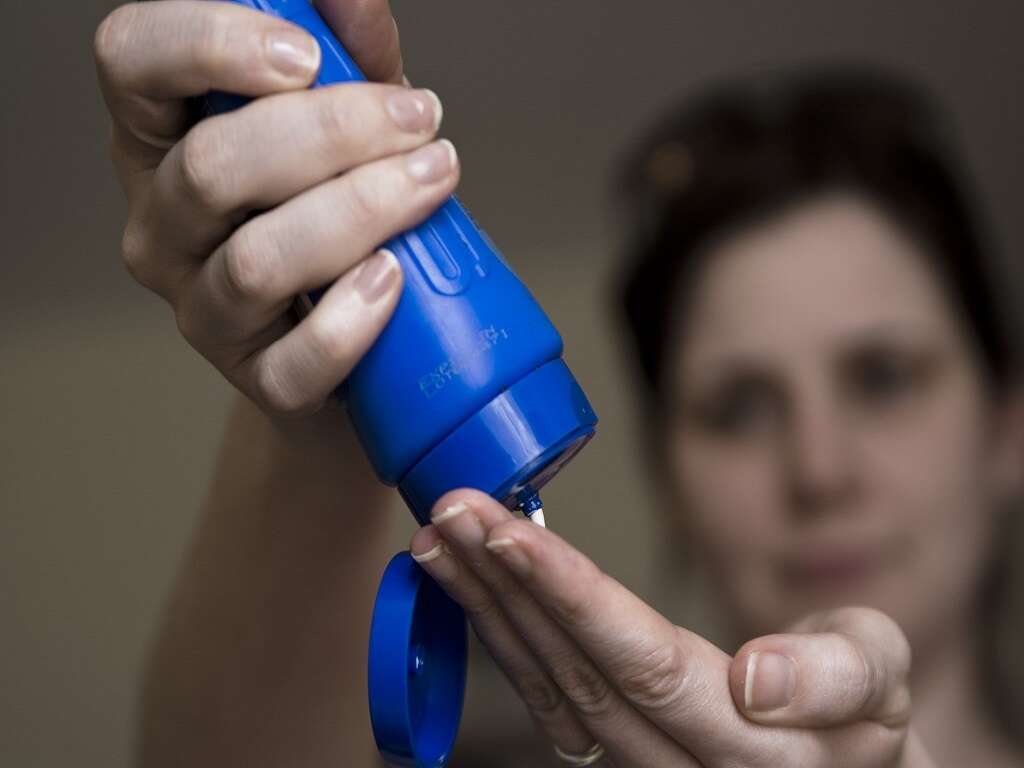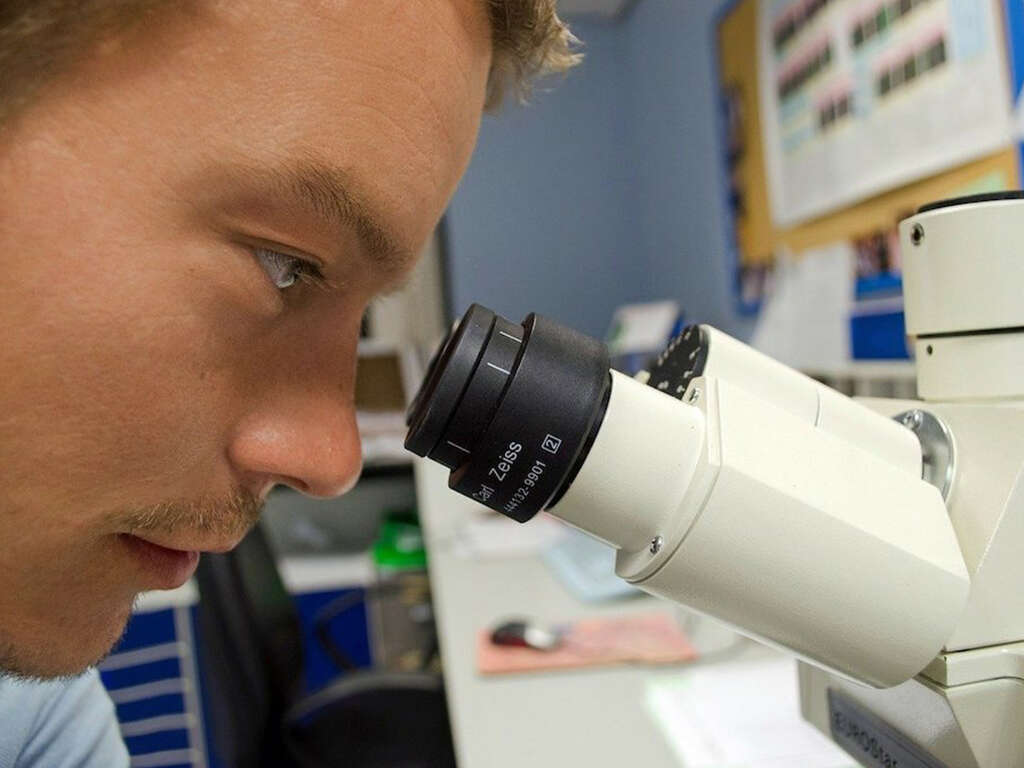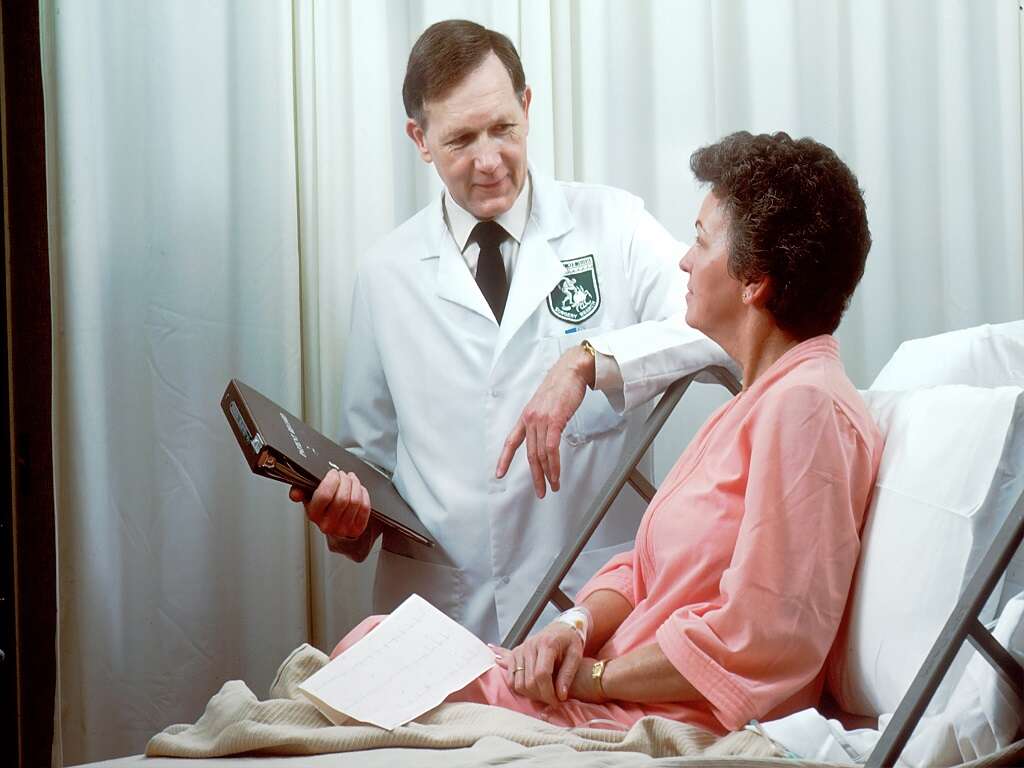What Is Papilloma?
Our bodies are prone to developing lumps and bumps as we get older. This is very normal and is very rarely anything to worry about. Among the most common of these lumps and bumps are papillomas, which are small growths that develop on the skin.
There are various potential causes of papillomas, and these underlying causes are usually harmless, while the papillomas themselves are also usually harmless to us. A lot of people will choose to have them removed regardless of health concerns and this is usually very easy to do.

1. What Is A Papilloma?
Papillomas are small growths that are found on the body. They can be found pretty much anywhere on the skin and can also grow inside some orifices. In some cases, they can even be found internally such as int the digestive system. Papillomas are actually quite common, and are often referred to as verrucae or warts.
While they are common, and there is a good chance you will develop at least one at some point, they are thankfully usually harmless. They will also remain localized and not spread to other parts of the body, although some people will develop more than one papilloma.
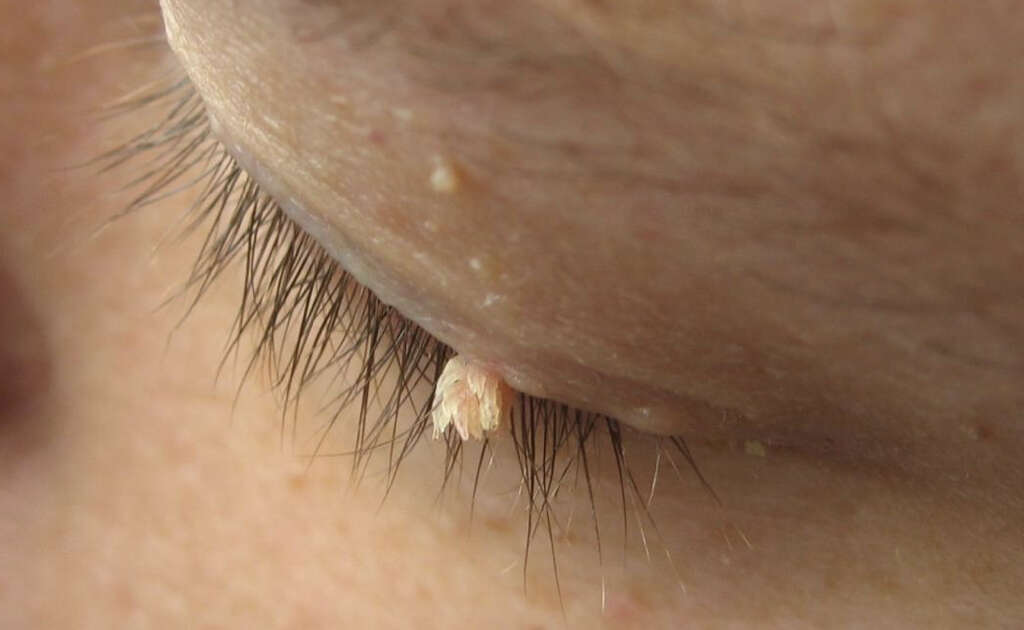
2. Epithelium
If you develop a papilloma, it will grow in what is known as the epithelia. This refers to the thin layer of cells that cover the surface of the body inside and out. There are different types of epithelial cell and they are found throughout the animal kingdom.
Epithelial cells are very important to us because they help to provide a protective barrier against the outside world. It helps to protect us against pathogens and toxins, while it also helps us to absorb the elements that we need. Once a papilloma forms here, it can begin to grow outwards in a nipple shaped.
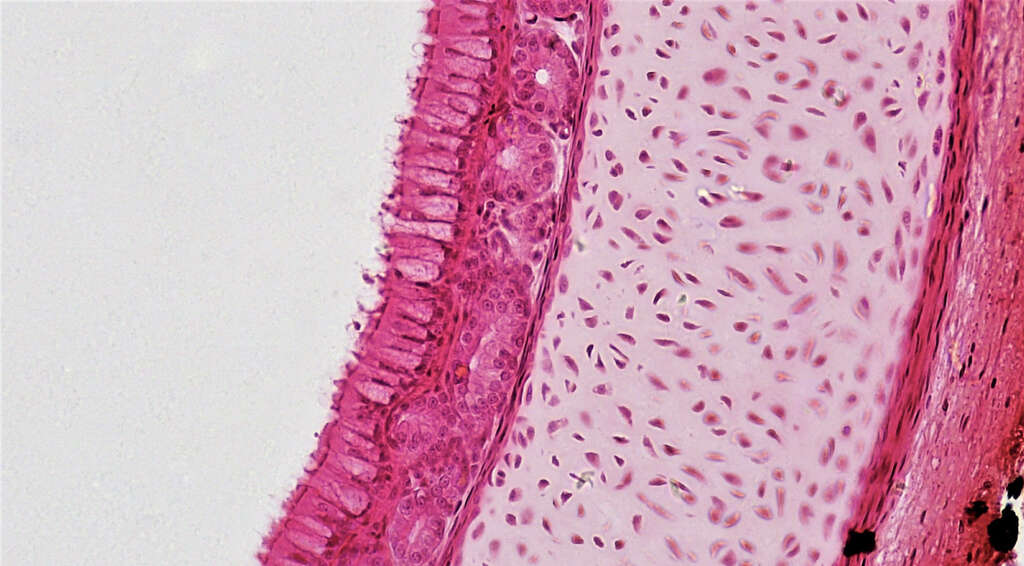
3. Causes
In most cases, papillomas are caused by the common human papillomavirus (HPV). The virus will sometimes be able to penetrate into the skin, and the virus’s DNA will enter the skin’s cells. This can then cause the cells to begin to multiply, resulting in what we commonly recognize as warts.
This is most likely to occur where the skin has been damaged, allowing the HPV virus to get in. Research has shown that other potential causes of papillomas include smoking. Regardless of the cause, papillomas are nearly always nothing to be concerned about, albeit asides from some minor symptoms in some cases.
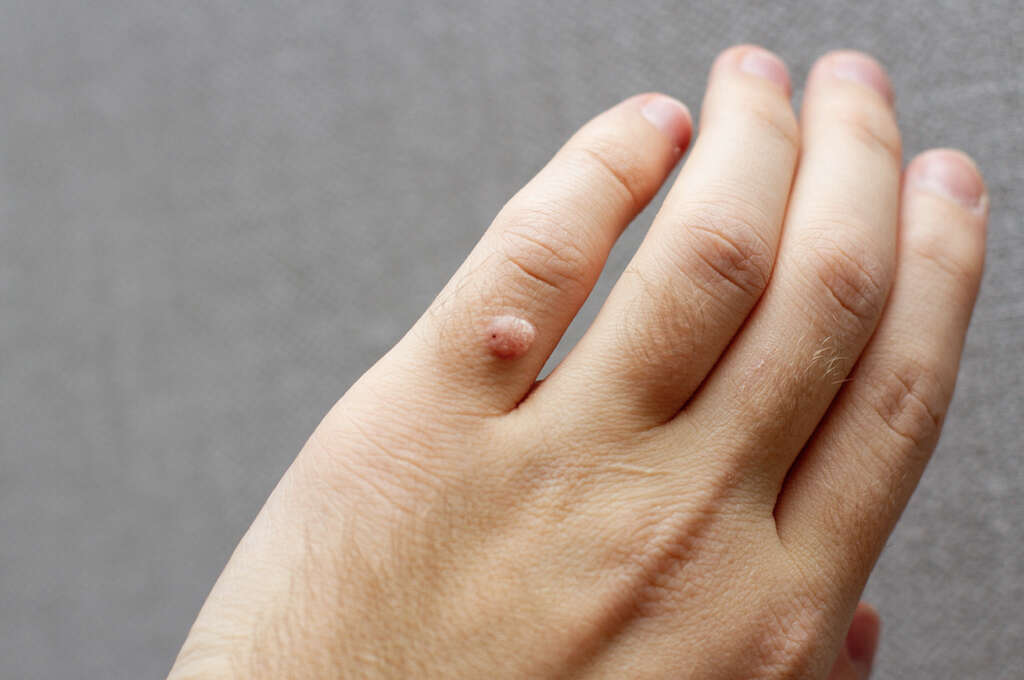
4. No Symptoms
Most of the time, a papilloma will cause few, or no, symptoms and there is usually no medical need to have them removed. They can become irritating at times, though, and they can also cause discomfort if they grow in the wrong location. If they are bothersome to you, then you should arrange to speak with a skin professional.
While they will rarely be a medical problem, papillomas will sometimes grow in highly visible places and this can cause some people to become self-conscious of their appearance. For this reason, some people may want to have them removed regardless of any lack of medical concerns.

5. Skin Tags
Skin tags are perhaps among the most common type of papilloma. They are small growths that tend to appear on the neck, on the armpits, and around the eyes and ears. They tend to remain quite small, not usually growing any larger than a few millimeters across.
If a skin tag is bleeding excessively then it can be a sign it is cancerous. However, a skin tag’s position can mean that it is caught on clothing and/or scratched by the patient’s nails and this can also cause them to bleed. They are easily removed with non-invasive surgery and the procedure should only take a few minutes for each one.

6. Intraductal Papillomas
Among the most common type of all papillomas are intraductal papillomas that are found in women’s breast tissue. They form within the breast’s milk ducts and they will usually form as a single tumor. This variety of papilloma will tend to cause a bloody and/or watery discharge to come out from the patient’s nipple.
As with other types of papilloma, intraductal papillomas are thankfully benign. What’s more is that they are also unlikely to develop into a cancer, and they can be removed with relative ease. Regardless, any woman that does notice something unusual with their breasts should get it checked out as soon as they can.
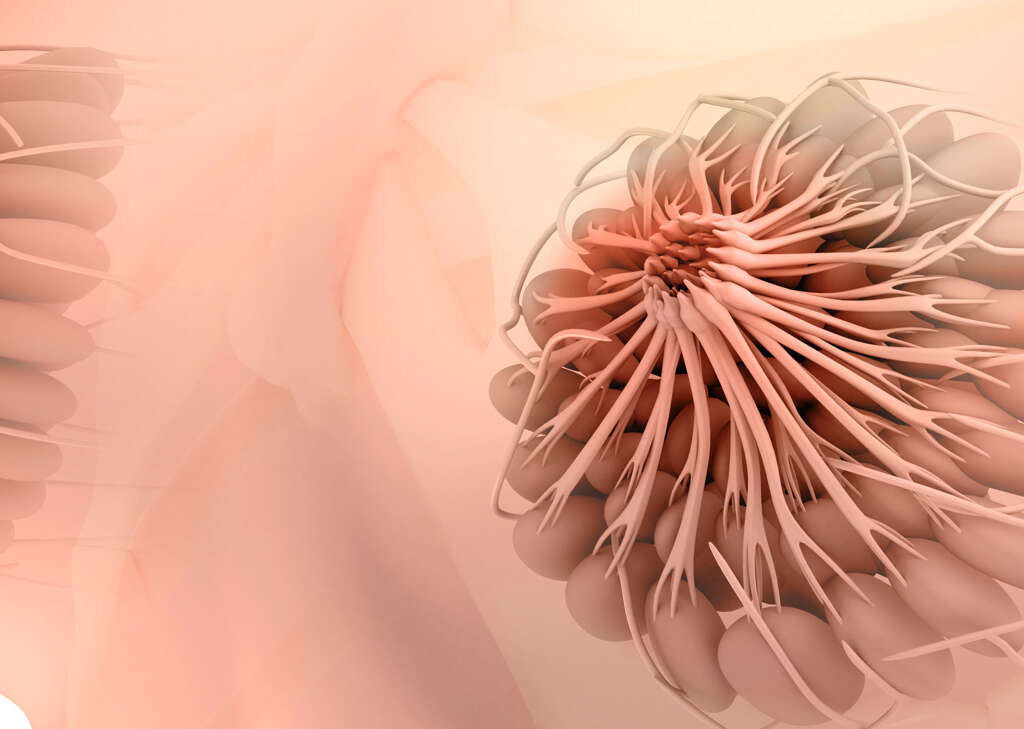
7. Nasal Papilloma
As the name suggests, nasal papillomas are located inside the nasal cavity. As is typical for papillomas, they are usually quite harmless and non-cancerous. Regardless, they can cause some unwelcome symptoms for some people and will often be removed.
A nasal papilloma can grow large enough to restrict the flow of air through the nasal passage, and these will usually need to be removed. In addition, some will grow to be large enough to begin pressing against the patient’s eyes and other tissues. The good news is that they are generally very easy to remove.

8. Recurrent Respiratory Papillomatosis
Recurrent respiratory papillomatosis, also known as laryngeal papillomatosis, is a rare condition which usually affects children. It is a condition in which an individual, or group, of papillomas will grow in the aerodigestive tract. This can potentially lead to some potentially severe symptoms, which includes difficulty breathing.
Other symptoms of the condition include the patient only being able to cry quietly, while some will experience hoarseness. The papillomas can often be removed but they can also return, while this type of papilloma can also become malignant. The patient will often require surgery multiple times in order to treat the condition.

9. Complications
As mentioned, papillomas can sometimes grow large enough to cause obstructions that make it harder for the patient to breathe. In addition, scratching at a papilloma can cause the skin to become broken, and this will result in an infection in some cases. Such infections should be fairly easy to treat provided treatment starts in time.
While papillomas are not usually cancerous, they can turn cancerous in a very small number of cases. What is more is that the presence of certain papillomas can also mean the patient is more likely to develop a cancer. Such patients should go in for check-ups regularly in order to catch any cancers early should they occur.

10. Treatment
As mentioned, treatment is not usually necessary, but a lot of people will opt for removal for aesthetic and/or practical reasons. The good news is that this is usually straightforward to achieve with non-invasive surgery, and it is not usually necessary for the patient to stay overnight in hospital.
If a papilloma does become infected, however, then this should be treated as soon as possible to help prevent the condition from getting worse. If the papilloma is bleeding or showing any other unusual symptoms then you should get it checked out as soon as you are able. If it has turned cancerous, then removing it should hopefully deal with the problem provided it has been caught in time.




